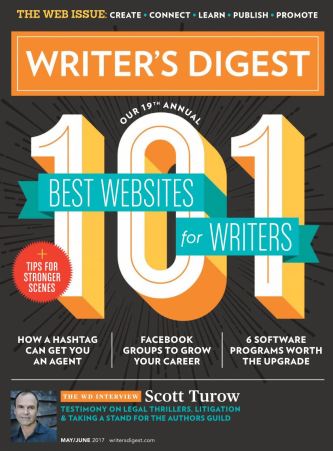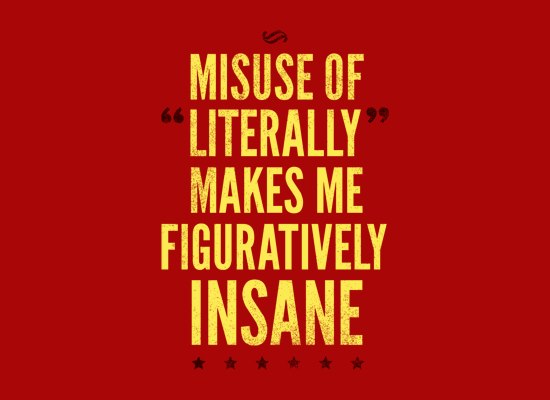For the last ten years, since the unveiling of the Kindle reader, there has been a constant conversation about reader’s preferences. Print or Ebook?
While ebook sales grew exponentially and paper sales stagnated many declared victory for the ebook. I have a number of friends who have not purchased a paper edition of a book for quite some time. Some libraries have removed all their books and gone completely digital. The end of print seemed inevitable.
Until now.
Last week a “Guardian” article asked the question “Have Ebooks Lost Their Shine?” It cites a statistic that in 2016 ebook sales in the UK dropped 17%. Another report declared that ebook sales in the United States dropped 20%.
Is it consumer fatigue?
Is it because the major publishers raised the prices of their ebooks after winning a court battle over who controlled the ebook price of their books?
Is it because too many books are being indie published and sell their ebooks for so little?
Are the statistics wrong because no one really knows how many ebooks Amazon sells via their Kindle Direct Program for Indie authors?
Is it because there hasn’t been a singular “phenomenon” bestselling title that drives all book sales?
Or could it be that no one really knows? Are we reacting according to our own preferences?
Prejudice for Print
I’ve read quite a few books using a combination of my Kindle and my iPad. But nowhere close to the number read in print. It’s at least a 50-1 ratio.
Why is that? I’ve begun to notice my own preferences (or prejudice in keeping with the title of the article).
I’ve yet to completely train my brain to read non-fiction digitally. I gave it the college try a number of times. I do like the ability to use my finger to highlight selected passages and then later access all of those in one document. I can see the extraordinary value in that. But I’m an old dog who can do a new trick but prefers napping on the couch.
Novels read easily in ebook form for me. But the other day I found myself unable to remember the title of the book or the author’s name while in the midst of the early chapters of the story. I couldn’t just turn my wrist and see the cover of the book. I would have to stop, click the upper corner, exit the story, and then remind myself of the book. That is a silly objection, I know, but it bugged me. So as a test I didn’t bother looking. Continued to read the story. Finished it. And as I’m writing this I am unable to tell you the name of the book or the author. The impermanence of the experience is a cloak over me, as the reader.
In addition, since it’s on my e-reader I cannot glance at a “bookshelf” to tell you what I read. I’ve tried to use categories to file the books I’ve read, but they then still clutter the virtual shelf since I sort them by “most recent” in order to keep the current book-in-progress at the top.
I’ve also found that my eyes feel like they are working harder when reading on a screen. Even the e-ink page of the Kindle for some reason creates some fatigue. This is counter to some research done a few years ago which declared that backlit reading on screen is better for those with vision trouble. I guess I’m an “outlier.”
Call me old-fashioned, I’ll wear the badge without shame. I like turning pages. I like being able to see how much of the book is left to read while glancing at the clock to decide whether I should put it down and go to bed, or continue reading to the wee hours. I like writing in the margins of my books when reading non-fiction. The interaction has a tactile function and helps memory retention. I like having thousands of books on my shelves…to be able to run my hand across the spines when researching for the right book on the right topic. I like the thrill of unpacking a box with a new book in it or browsing the aisles at a favorite bookstore.
Prejudice for Ebooks
Before you think I’m completely stuck in the dark ages. I plan to keep my Kindle Oasis and my iPad charged and ready with hundreds of books loaded.
Traveling with eight or nine hardcover books is a bit challenging. Should I pack those extra socks or that new science fiction novel? Decisions, decisions.
I invested in a digital library of dozens of my favorite non-fiction books. I can access then any time, anywhere. They are slowly being highlighted so I can find the best passages in minutes. I’ve also collected my favorite science fiction and fantasy novels in case I want to binge read while traveling.
If you want a more comprehensive list of pros and cons, read Randall Payleitner’s excellent article “10 Years After the Kindle…What’s the Verdict on Ebooks?”
Conclusion
It comes down to personal taste, preference, or prejudice. There is no right or wrong answer. What is rather amazing is that the ebook has become the fourth major “trim size” or “format” to choose from as a reader. Hardcover, trade paperback, mass market paperback, and ebook. It is a wonderful thing to find what helps make your reading experience that much more joyful.
Your Turn
What is your preference and why?
In this calendar year how many print books vs. ebooks have you purchased? For yourself.








